Unlock Faster Work: The Quality Hydraulic Quick Coupling Solution for Your Tractor and Loader - Bonovo
Changing tools on your big machines, like a tractor or a loader, can take a lot of time. What if there was a faster way? Good news! There is, and it's called a hydraulic quick coupling. This article is all about these amazing little devices. We'll look at how they make your work much quicker and why choosing a quality hydraulic coupling is a smart solution. If you want to get more done and have an easier time with your equipment, you’re in the right place. We will explore how these components can significantly improve your operational efficiency and why they are a worthwhile investment for any heavy machinery operator. As a factory, we've seen firsthand how the right product can transform productivity.
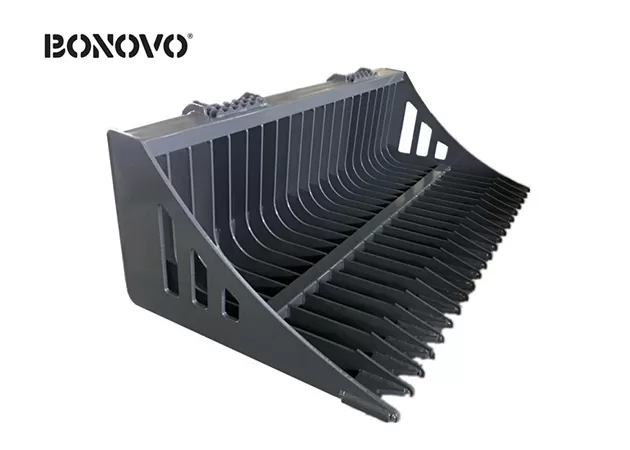
1. What is a Hydraulic Quick Coupling, and How Does it Make My Tractor Work Faster?
A hydraulic quick coupling is a special connector for hydraulic hoses. Think of it like the plug and socket for electricity, but for fluids that power your machines. These fluids are under high pressure, and they make parts of your tractor or other heavy equipment move. The "quick" part means you can connect and disconnect these hoses much faster than with old-style threaded connectors. You don't need wrenches every time! This is a huge time-saver. Imagine changing a bucket on your loader or an implement on your tractor in minutes instead of much longer. This means less downtime and more work done.
This speed comes from clever design. Inside the coupling are valves. When you disconnect it, these valves automatically shut off the flow of hydraulic oil. This prevents big messes and saves precious fluid. When you connect it, the valves open, and the power flows again. So, changing an attachment becomes a simple, faster process. For someone like Mark Thompson, who we know wants efficiency, this is a big deal. A good coupling solution is key. We often hear from customers how much time they save once they upgrade. It's not just about speed; it's about making the whole work day smoother. This simple product can truly change the way you operate your tractor.
The benefits extend beyond just speed. Easier connections mean your team is more likely to use the right attachment for the job, rather than making do with what's already connected to avoid a lengthy changeover. This leads to better work quality and less strain on your machinery. For agricultural tasks, where you might switch between several different implements on a tractor in a single day, a hydraulic quick coupling system is almost essential. It's a faster way to adapt your tractor to various needs, boosting overall productivity.
2. Why are Flat Face Couplings Becoming the New Standard for Hydraulic Systems?
You might hear the term "flat face" coupling a lot these days. There's a good reason why these are becoming the new standard in many hydraulic systems. A flat face coupling has, as the name suggests, a flat surface where the two halves (male and female) meet. This design is a big step up from older "poppet" style couplings, which had little parts that could trap dirt.
The main advantages of a flat face coupling are:
- Minimal Spillage: When you disconnect them, very little hydraulic oil escapes. This is great for the environment and saves you money on lost oil. It also keeps your work area cleaner and safer.
- Easy to Clean: Because the connection surfaces are flat, they are super easy to wipe clean before connecting. This prevents dirt and contaminants from getting into your hydraulic system, which can cause serious damage and costly repairs over time.
- Reduced Air Inclusion: When connecting, flat face designs minimize the amount of air that gets trapped in the hydraulic line. Air in a hydraulic system is bad news – it can make your equipment sluggish and noisy.
From our experience as manufacturers, we've seen a strong shift towards flat face couplings, especially in industries where cleanliness and minimal leak are critical, like food processing or sensitive environmental areas. They also offer excellent performance under high pressure. This new type of coupling really represents a higher standard in hydraulic connections, offering a cleaner and more efficient solution. Many equipment operators, like Mark, who are quality-conscious, are specifically asking for flat face designs.
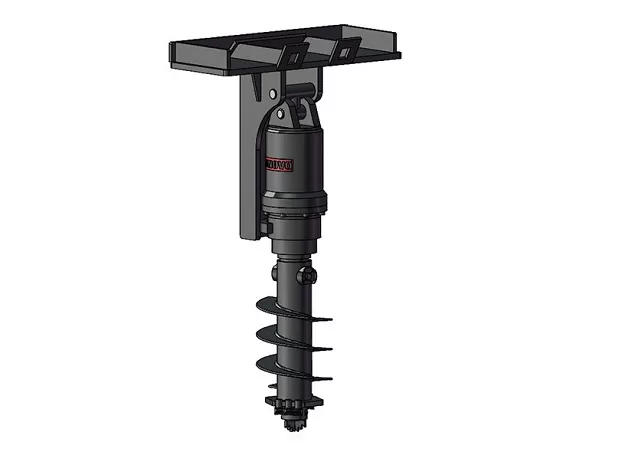
3. Can I Really Connect or Disconnect Hydraulic Lines Under Pressure Safely?
This is a very common question, and an important one for safety! Traditionally, connecting or disconnecting hydraulic hoses under pressure was a big no-no. It could be dangerous and damage the coupling. However, technology has advanced. There are now special types of hydraulic quick couplings designed to allow connection or disconnect under residual pressure. These are often called "connect-under-pressure" couplings.
These couplings usually have a special valve design that can relieve a small amount of trapped pressure as you make the connection. It's important to understand that this usually applies to residual or trapped pressure (e.g., from solar heat gain in a disconnected hose), not necessarily full system operating pressure. Always check the manufacturer's specifications! For example, some systems might allow connection up to a certain pressure, say 250 bar or even higher in some specialized designs, but it's crucial not to exceed this.
Even with these advanced couplings, safety is paramount.
- Always wear appropriate Personal Protective Equipment (PPE), like gloves and eye protection.
- Understand the specific capabilities of your coupling. Not all quick couplings are designed for connection under pressure.
- If in doubt, always relieve system pressure before attempting to connect or disconnect any hydraulic line. Many machines have a built-in way to do this.
As a factory, we prioritize safety in our designs. For instance, our High-quality mechanical quick coupler from BONOVO can be perfectly matched with all kinds of machinery is designed for secure and safe operation, though it's for mechanical attachments rather than direct hydraulic line connection under pressure. For hydraulic lines, using the correct type of coupling designed for any potential pressure scenarios is vital. This attention to detail ensures a safer work environment.
4. What Innovations Make New Hydraulic Couplings a Smarter Choice for My Front Loader?
New hydraulic couplings for your front loader are packed with innovations that make them a much smarter choice than older models. Manufacturers are constantly improving designs to boost efficiency, durability, and ease of use. One key area is the material. Modern couplings often use high-strength, corrosion-resistant steels, ensuring they last longer even in tough conditions. This means less frequent replacement and better value for your money, which is something a cost-conscious buyer like Mark appreciates.
Another significant innovation is in the sealing technology. Better seals mean less chance of hydraulic oil leaks. This isn't just about saving oil; it's about protecting the environment and preventing damage to your loader's hydraulic system from contamination. Some new couplings also feature improved locking mechanisms. These ensure a super-secure connection that won't accidentally come apart, even with the vibrations and stresses a front loader experiences during heavy work. Think about features like a secondary locking sleeve for extra safety.
Furthermore, ergonomics play a bigger role. Newer designs are often easier to grip and operate, even with gloves on. Some might have color-coding or clear markings to help you quickly identify and match the correct male and female parts, especially when you have several hydraulic lines for different functions on your front loader. There's also a trend towards higher flow rates with minimal pressure drop, meaning your attachments get the power they need to perform at their best. These continuous improvements mean that investing in a new hydraulic coupling is investing in better overall performance and a smoother operating experience for your loader.
When you're looking to buy a hydraulic quick coupling, you'll often see terms like "ISO series" or "meets ISO standard 16028." This might seem confusing, but it's actually very helpful! ISO stands for the International Organization for Standardization. They develop and publish international standards for many products, including hydraulic couplings. These standards are all about ensuring interchangeability and quality.
An ISO standard, like ISO 16028 for flat face couplings or ISO 7241-1 Series A / Series B for poppet-style couplings, defines critical dimensions and performance requirements. This means that if you have a male half of an ISO 16028 coupling from one brand, it should, in theory, connect and work correctly with a female half of an ISO 16028 coupling from another brand, as long as they are the same size. This interchangeability is a huge benefit. It gives you more choices for sourcing parts and can help you avoid being locked into a single supplier. It also means that attachments can be more easily shared between different machines if they all use the same ISO standard coupling.
Think of it like USB ports on computers. Because there's a standard, you can plug almost any USB device into any computer. ISO standards for hydraulic couplings aim for a similar level of universal compatibility within a specific series and size. At Bonovo, we pay close attention to these standards because we know our customers, like Mark, operate in a global market and need reliable, interchangeable parts. Adhering to an ISO standard is a mark of quality and a commitment to making things easier for the end-user. It simplifies maintenance and the sourcing of replacements, which is a critical concern for fleet managers. For example, many John Deere tractors and equipment will specify a particular ISO standard for their hydraulic connections.
6. What is a Multifaster Coupling, and How Can It Revolutionize My Hydraulic Connections?
A multifaster coupling is a really clever hydraulic solution that takes the idea of "quick connect" to a whole new level. Imagine you have an attachment for your tractor or loader that needs not just one, but several hydraulic lines (and maybe even electrical lines) to operate. Connecting each hose individually can be time-consuming and risks misconnection. A multifaster system solves this by allowing you to connect or disconnect all these lines simultaneously with a single movement or lever pull.
This is a game-changer for complex attachments. Think about advanced agricultural implements or specialized construction tools. With a multifaster coupling, you simply guide a multi-plate on the attachment to a corresponding plate on the machine and engage a lever or handle. All the hydraulic lines (both pressure and return lines, sometimes even drain lines) and any electrical connections are made at once, securely and in the correct orientation. This dramatically reduces changeover times – we're talking seconds or minutes instead of much longer. It also eliminates the chance of crossing hose lines, which can damage your equipment.
The benefits are clear:
- Massive time savings: Faster attachment changes mean more uptime.
- Error-proof connections: No more worrying about which hose goes where.
- Reduced spillage: Many multifaster systems incorporate flat face technology for clean connections.
- Increased safety: Less manual handling of individual, potentially pressurized, hoses.
While the initial cost of a multifaster product might be higher than individual couplings, the long-term savings in time and potential error prevention can be substantial, especially for operations that frequently switch complex attachments. It's a premium solution for maximum efficiency in hydraulic connections.
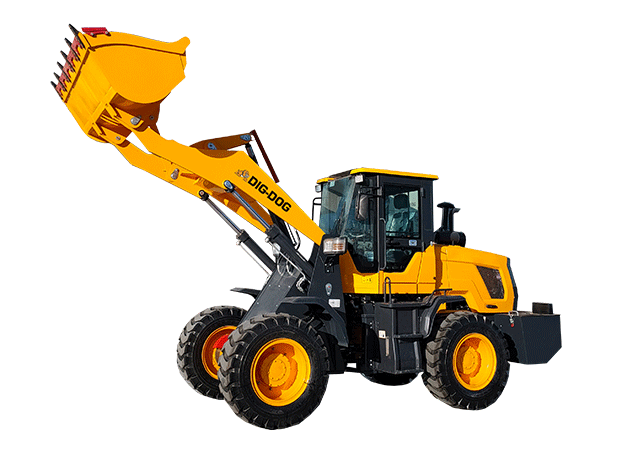
7. Demystifying the Parts: How Do Male and Female Hydraulic Couplings Create a Secure Link?
Every hydraulic quick coupling system consists of two main parts: a male half and a female half. These two parts are designed to link together to create a secure, leak-proof path for hydraulic fluid to flow, and then to easily disconnect when needed. The male part, sometimes called the plug or nipple, is typically the part that is inserted. The female part, also known as the socket or coupler body, is the receiving end.
Inside both the male and female halves, there are usually spring-loaded valves. When the coupling is disconnected, these valves are pushed shut by their springs and the hydraulic pressure from the line, effectively sealing off the hose and preventing oil from leaking out. When you push the male part into the female part, these internal valves push against each other, opening up a path for the hydraulic fluid to flow through the connection. A locking mechanism, often involving ball bearings in the female half that grip a groove on the male half, ensures the two parts stay securely connected, even under high hydraulic pressure and vibration.
The precision in manufacturing these male and female parts is critical for a good link. The tolerances must be very tight to ensure a proper seal and smooth operation. This is where quality really matters. A well-made coupling will connect smoothly, seal perfectly, and last for a long time. Poorly made ones might leak, be hard to connect, or wear out quickly. As manufacturers of various attachments like Excavator Bucket Pins, we understand the importance of precision in every part, big or small, that contributes to the machine's performance. The male and female components of a hydraulic coupling are no different; they are essential for the efficient transfer of hydraulic power.
8. Push to Connect or Pull to Release: Which Hydraulic Coupling Style is Best for My Tasks?
When it comes to operating hydraulic quick couplings, there are a few common styles, but "push-to-connect" is perhaps the most widespread, especially in applications like tractors and loaders. With a push-to-connect coupling, you simply push the male end into the female end until it clicks and locks into place. To disconnect, you usually need to retract a sleeve on the female part (this is often called a "pull-to-release" or "sleeve-retract" mechanism, though the initial connection is push). This design is popular because it's intuitive and allows for relatively quick, one-handed connection in many cases.
Some heavy-duty couplings, or those designed for connection under pressure, might have a screw-to-connect mechanism. These require you to thread the male and female halves together. While this takes a bit longer, it can provide a very robust connection and is often better at handling very high pressures or impulses. However, for most general agricultural and construction tasks on a tractor or front loader, the push-to-connect style with a retractable sleeve for disconnection offers a good balance of speed, security, and ease of use.
The "best" style really depends on your specific application and preferences.
- Push-to-connect (with sleeve retract to disconnect): Generally faster for frequent changes, common on many tractor and loader implements. Very user-friendly.
- Lever-actuated (often found in multifaster systems): Connects multiple lines with one pull or push of a lever. Ideal for complex attachments.
- Screw-to-connect: Offers very high strength and can be better for extreme pressure or vibration, but slower to operate.
Consider how often you'll be changing attachments and the type of work you're doing. If speed and convenience are top priorities for single line connections, the push-to-connect style is often the preferred hydraulic coupling solution. Many modern John Deere tractors, for instance, utilize user-friendly push-style connectors.
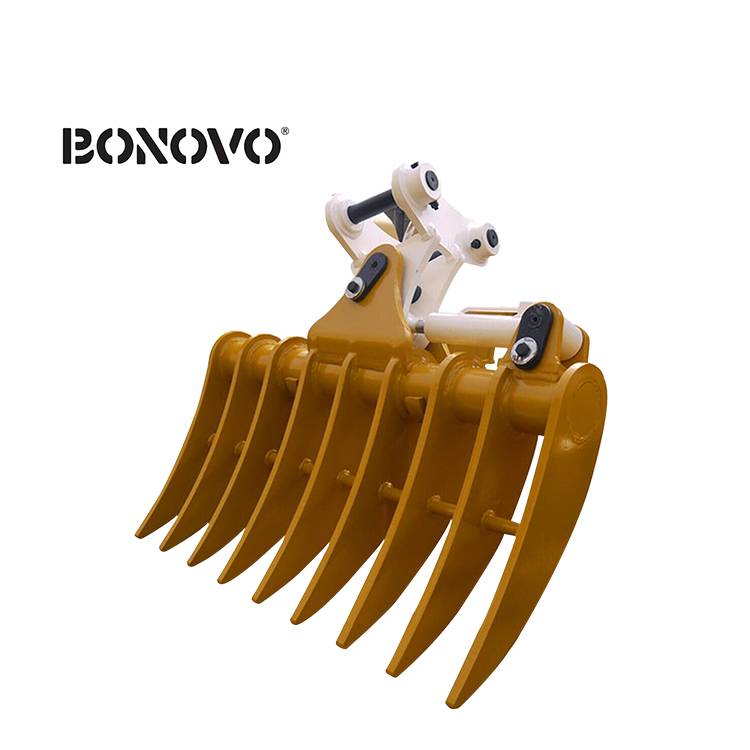
9. Beyond Speed: How Do Quality Couplings Prevent Messy Spills and Costly Oil Loss?
While the "quick" in quick coupling highlights speed, a quality hydraulic coupling offers much more, especially when it comes to preventing messy spillage and costly hydraulic oil loss. This is where the design and materials truly shine. High-quality seals are paramount. These seals, often made from durable materials like Nitrile (NBR) or Viton (FKM) depending on the fluid type and temperature, create a tight barrier against leaks when the coupling is connected and, importantly, when it's disconnected.
Flat face couplings, as we discussed, are particularly good at minimizing spillage. Their design ensures that when you disconnect, only a tiny film of oil is exposed, rather than a larger volume that can drip out from cavity-type couplings. This isn't just about being tidy; lost hydraulic oil is money down the drain. Over time, even small leaks from multiple couplings can add up to a significant expense. Furthermore, oil spills are an environmental concern and can create slip hazards, impacting safety on the worksite. Investing in a quality product helps mitigate these risks.
The internal valve mechanisms also play a crucial role. In a well-made coupling, these valves shut precisely and quickly upon disconnection, trapping the oil within the hose and the machine's hydraulic system. This prevents oil from gushing out, which can happen with worn or poorly designed couplings. At Bonovo, we know that reliability is key. Our customers, like Mark, can't afford downtime or environmental issues caused by leaking equipment. That’s why when we manufacture attachments, even components like our 360 Degree Rotating hydraulic shear for excavator, we ensure all hydraulic components sourced or integrated meet high standards to prevent such issues. A good coupling contributes to a cleaner, safer, and more cost-effective operation.
10. Choosing Wisely: What Should I Look For When I Want to Make a Switch to a Better Hydraulic Coupling Solution?
When you decide it's time to make a switch to a better hydraulic coupling solution, there are several key factors to consider to ensure you get the best product for your needs. Don't just look at the price; a cheaper coupling might cost you more in the long run due to failures, leaks, or poor performance.
Here's a checklist to guide your decision:
- Pressure Rating: Ensure the coupling is rated for the maximum operating pressure of your hydraulic system. This is critical for safety and longevity. Typical systems can run from 200 to 700 bar, so match correctly.
- Flow Rate: The coupling should be able to handle the required hydraulic fluid flow rate without causing excessive pressure drop. A restricted flow can starve your attachments of power.
- Material and Construction: Look for high-quality materials like carbon steel or stainless steel, especially if working in corrosive environments. Robust construction means durability.
- Seal Material: Consider the type of hydraulic fluid you use and the operating temperatures. This will determine the best seal material (e.g., NBR, Viton).
- Coupling Type: Decide if you need flat face (highly recommended for new installations due to cleanliness and low spillage), poppet, or another style. Also consider if connect-under-pressure capability is needed.
- ISO Standard Compliance: Opting for an ISO standard coupling (like ISO 16028 for flat face) ensures a degree of interchangeability and a recognized level of quality.
- Ease of Use: How easy is it to connect and disconnect, especially with gloves on or in tight spaces? Consider locking mechanisms and ergonomics.
- Brand Reputation and Support: Choose a reputable brand that offers good support and availability of spare parts if needed. As a factory, we stand by our products, like our Top Hydraulic Hammer For Excavator, and understand the importance of after-sales service.
- Application Specifics: For a tractor doing agricultural work, frequent changes might make a multifaster or easy push-pull coupling ideal. For a heavy-duty excavator, robustness might be the top priority.
By carefully considering these points, you can select a hydraulic coupling solution that will provide reliable, efficient, and faster performance for many years. Investing in a brand new, high-quality coupling is an investment in your productivity and peace of mind. For instance, if you're looking at upgrading your whole machine, understanding the types of couplings on a CS120 Skid Steer Loader 1.5 Ton can inform your choices for compatible attachments.
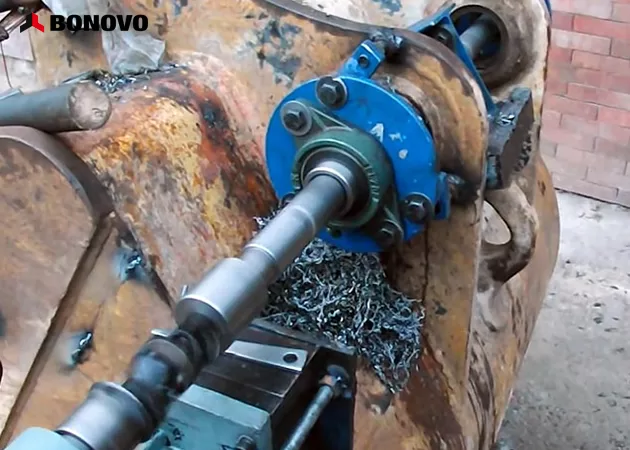
Key Takeaways:
To wrap up, here are the most important things to remember about hydraulic quick couplings:
- Speed and Efficiency: They make connecting and disconnecting hydraulic hoses much faster, saving valuable time and boosting productivity on your tractor or loader.
- Flat Face is Often Best: Flat face couplings offer minimal spillage, are easy to clean, and prevent contamination, making them a new standard for many applications.
- Pressure Matters: Understand whether you need to connect under pressure and choose couplings specifically designed for that, always prioritizing safety.
- ISO Standards for Compatibility: ISO standard couplings offer interchangeability between different brands and sizes, simplifying your choices.
- Multifaster for Multiple Lines: For complex attachments, multifaster systems allow simultaneous connection of several hydraulic and electrical lines.
- Quality Prevents Problems: Investing in a quality coupling means fewer leaks, less oil loss, longer life, and better overall performance. Don't just go for the lowest price.
- Male and Female Link: These two parts work together with internal valves and locking mechanisms to create a secure hydraulic line.
- Consider Your Application: The type of work, frequency of changes, and machine type (e.g., front loader, tractor) will influence the best coupling solution.
By understanding these points, you're well on your way to making informed decisions about the hydraulic quick couplings that will best serve your equipment and your business. At Bonovo, we're dedicated to providing high-quality solutions that make your work easier and more efficient.




